Pakistan’s Ballistic Missile Arsenal And Why India Is Safe From All of Them

The tension between India and Pakistan is currently at its peak. Here’s the list of missiles of Pakistan that can be used against India. Also, here’s the reason why India has the edge against Pakistan
In one of the biggest announcements on Jammu and Kashmir post India’s Independence in 1947, the central government-led by Prime Minister Narendra Modi recently bifurcated Jammu, Kashmir and Ladakh. Along with the bifurcation, Article 370 – which grants special status to Jammu and Kashmir – was removed. Also, the Article-35A of the Indian Constitution, which empowers Jammu and Kashmir state's legislature to define “permanent residents” of the state and provide special rights and privileges to those permanent residents, was scrapped. The move was appreciated across the country. The change in status of Jammu and Kashmir means that a better-coordinated security force would be on the LoC keeping a tighter vigil on Pakistan's activities in Pakistan-occupied Kashmir including Gilgit-Baltistan. Due to the move, Pakistan was irked and approached to the United Nations. On the other hand, India received support on the international forum and countries like US and Russia over its move on Jammu and Kashmir. In the meantime, Pakistan PM Imran khan often tries to threaten New Delhi with nuclear arms, something which has been done by other heads of the neighbouring country. The tension between India and Pakistan is currently at its peak. Here’s the list of missiles of Pakistan that can be used against India. Also, here’s the reason why India has the edge against Pakistan.
Complete list of all Pakistan Missiles with range:
Hatf-1 (SRBM - Short-Range Ballistic Missile)
Range: 10-100 km
Payload: 500 kg
Warhead: Conventional
Variations: Hatf-1A and Hatf-1B
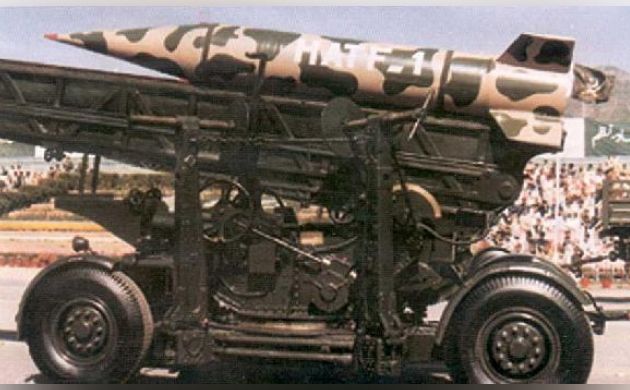
Hatf-2 (Abdali)
(SRBM - Short-Range Ballistic Missile)
Origin: China
Range: 180-200 km
Payload: 250-450 kg
Warhead: Conventional
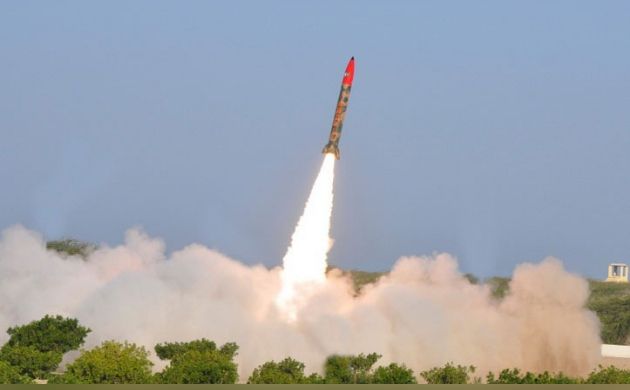
Hatf-3 (Ghaznavi)
(SRBM - Short-Range Ballistic Missile)
Origin: China
Range: 240 km
Payload: 700 kg
Warhead: Conventional/Nuclear
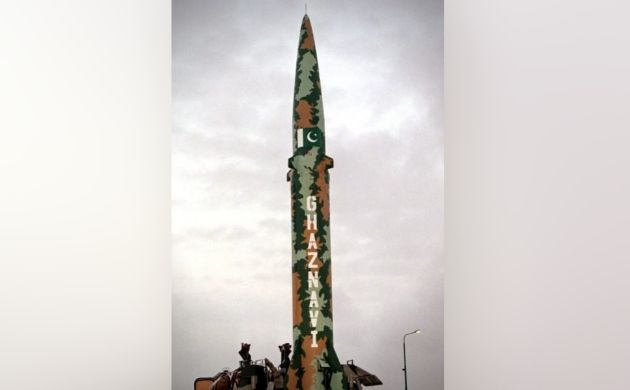
Hatf-4 (Shaheen-1)
(SRBM - Short-Range Ballistic Missile)
Origin: China
Range: 750 km
Payload: 700 kg
Warhead: Conventional/ Nuclear
Variation: Shaheen-1A

Hatf- 5 (Ghauri)
(MRBM - Medium-Range Ballistic Missile)
Origin: North Korea
Range: 1,250-1,500 km
Payload: 700 kg
Warhead: Conventional/Nuclear

Hatf-6 (Shaheen-2)
(MRBM - Medium-Range Ballistic Missile)
Origin: China
Range: 1,500-2,000 km
Payload: 700 kg
Warhead: Conventional/Nuclear
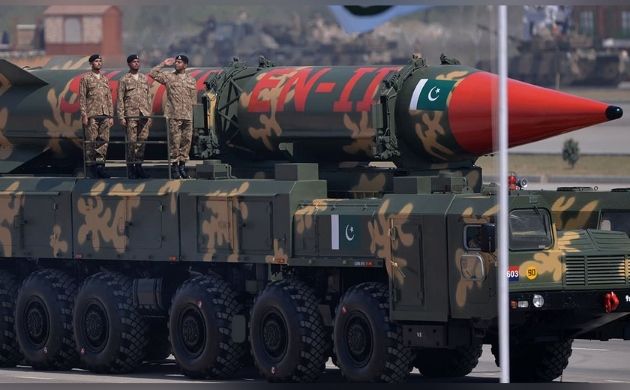
Hatf-7 (Babur)
(Short-Range Cruise Missile)
Origin: Ukraine
Range: 350-700 km
Payload: 450-500 kg
Warhead: Conventional/ Nuclear
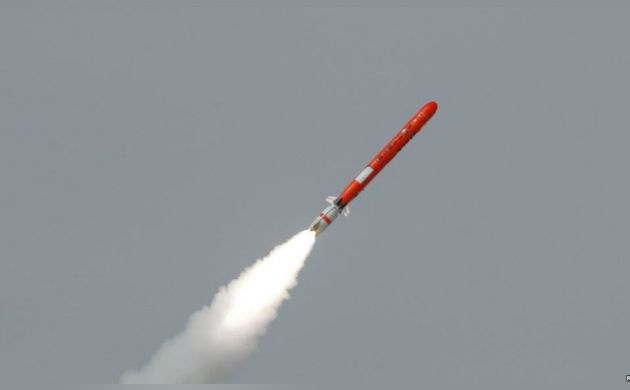
Hatf-8 (Ra’ad)
Air-Launched Cruise Missile (ALCM)
Origin: South Africa
Range: 350 km
Warhead: Nuclear/Conventional
Variations: Ra’ad 2

Hatf-9 (NASR)
(SRBM - Short-range Ballistic Missile)
Origin: China
Range: 60 km
Payload: 400 kg
Warhead: Nuclear/ Conventional

Shaheen- 3
(MRBM - Medium-Range Ballistic Missile)
Origin: China
Range: 2,750 km
Warhead: Nuclear/ Conventional
The Shaheen-3 was specifically designed to target India’s Nicobar and Andaman Islands in the Bay of Bengal. The Shaheen-3 also has the longest range among all missiles in Pakistan’s arsenal.
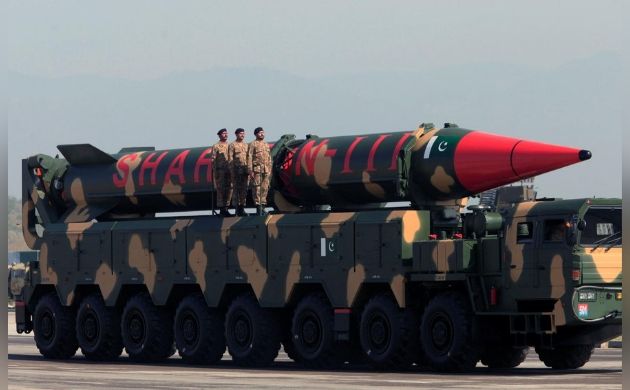
Ababeel
(MRBM - Medium-Range Ballistic Missile)
Origin: China
Range: 2,200 km
Payload: MIRVs (Multiple Independently Targetable Re-entry Vehicles) - authenticity of the claim is disputed by experts
Warhead: Nuclear/ Conventional
The Ababeel is the first MIRV system missile in South Asia and was specifically designed to defeat Ballistic Missile Defence (BMD) systems deployed by India.

It is worth mentioning here that in India, due to imminent threat, national capital Delhi and financial hub Mumbai are protected by Missile Defence system also known as defence shield in common parlance. Also, it is to be noted that India has the capability of taking down Pakistani missiles through anti-ballistic missile system and advanced air defence.
Prithvi Air Defence (PAD)
It is an anti-ballistic missile developed to intercept incoming ballistic missiles outside the atmosphere (exo-atmospheric). PAD is a two-stage missile with a maximum interception altitude of 80 km.
Advanced Air Defence (AAD)
It is an anti-ballistic missile developed to intercept incoming ballistic missiles in the Endo-atmosphere at an altitude of 30 km.



No comments:
Post a Comment